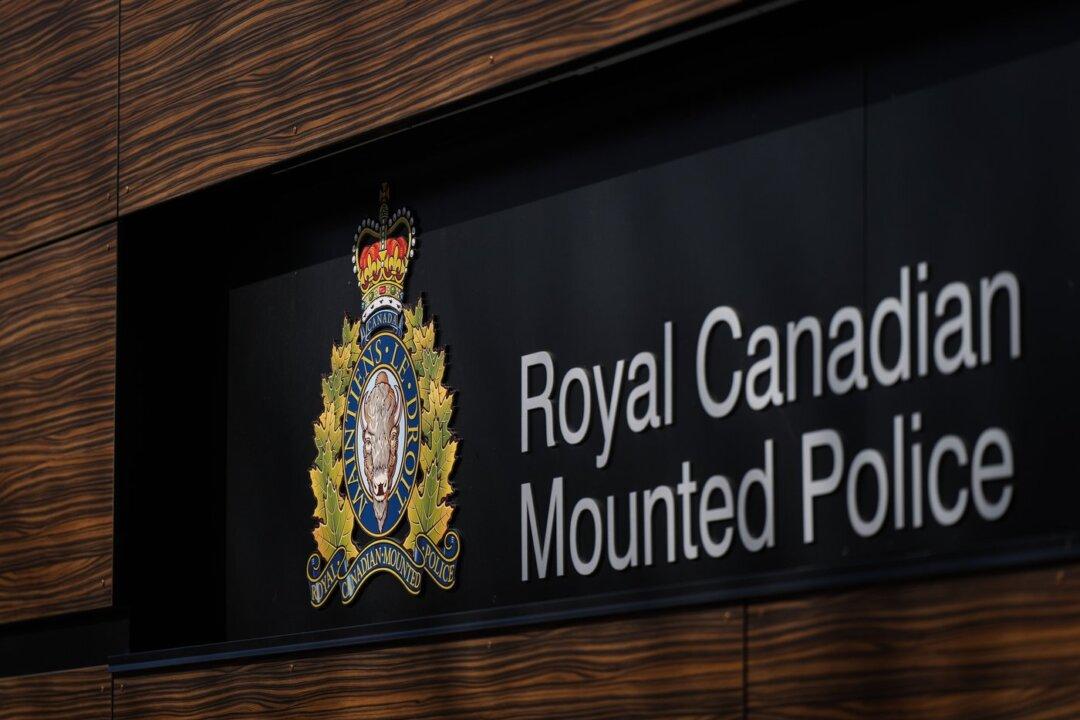Anonymous “extremist actors” have tried to infiltrate the Royal Canadian Mounted Police (RCMP), according to a newly acquired Department of Public Safety document.
The briefing note did not say if any of the extremists or criminals were successful in their attempted invasion of the federal police service.





